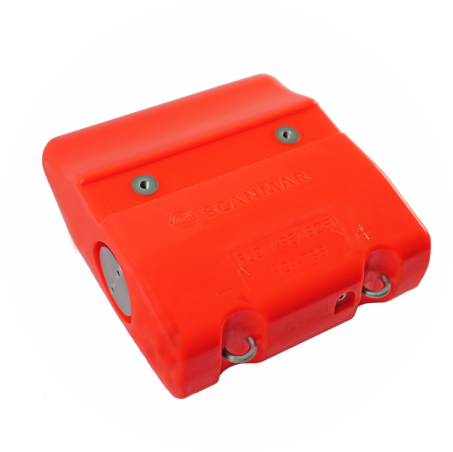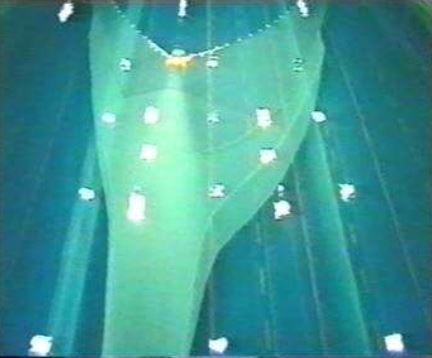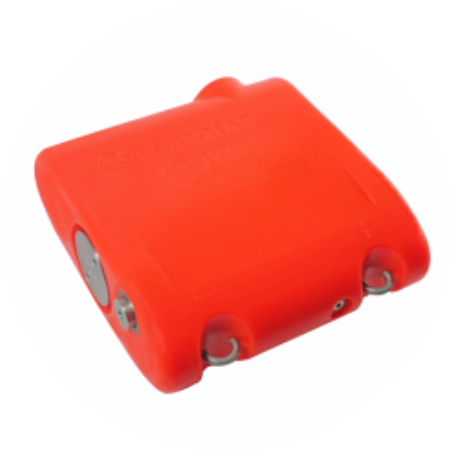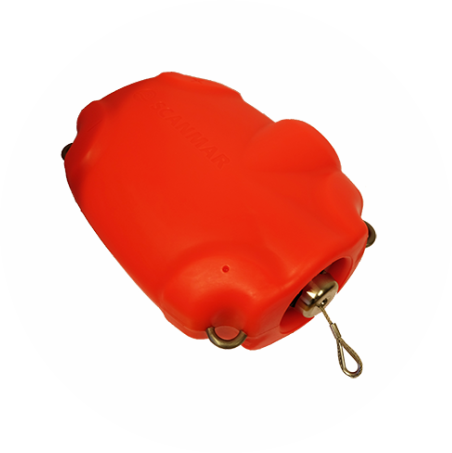Global warming, melting of polar ice, reduced catch of whales and seals are all elements that lead to change in size and composition of biomass. Over capacity in fishing fleets and over exploitation of key species lead to further development that is difficult to predict.
There is often disparity between what fishermen record and what researchers observe a disparity that is exuberated in times of small quotas and difficult circumstances for many fishermen. There is little doubt about the need to significantly increase research efforts so that a viable fishery can be sustained for future generations.
For 30 years Scanmar has delivered systems for monitoring the instruments used by fishing and research vessels, and among many other things it has been interesting to note how many research institutes have begun to understand that even small errors in the tools and how they are used lead to large errors in what is recorded. Scanmar representatives have participated in many charters and we have also received many reports and log files from Scanmar users. Therefore we have a good picture of commonly occurring errors. Let's look at some of the most common.
BOTTOM TRAWLING
- The doors tend to lie down in the landing phase and it takes time before they start to rise
- Varying door distance
- Unstable doors
- The doors will lose bottom contact
- The gear loses bottom contact
- Crosscurrents
- Difference in warp length
- Incorrect vertical opening
- Wrong towing speed
- Asymmetrical trawl geometry
- Bucket effect in the trawl
- Twist of the bag
PELAGIC TRAWL
- The doors are at different depths
- Wrong towing speed
- Unbalance in the horizontal plane
- Bucket effect in trawls and bag
Every haul is affected by the vessel's movement as a result of wind and waves, while underwater currents and bottom conditions are of great significance for trawl efficiency. What may be most surprising for many is how big the impact is: only by small changes in those conditions.
TO BEGIN WITH TRAWL DOORS:
- Changes in speed through the water as a result of underwater currents immediately affect the doors’ roll angle (vertical angle), and therefore also the spread rate (distance) and stability, leading sometimes to loss of bottom contact. These problems spread to the sweeps and trawl and result in an inefficient haul.
- Cross currents mean different forces act on the doors in relation to the angle of impact, providing a different roll angle, stability and spread rate for each of the doors.
THE TRAWL:
- Impact on the trawl doors will have immediate impact on the trawl in that both the horizontal and vertical opening is changed, while the gear easily loses ground contact.
- Change in towing speed (water speed in the trawl opening) causes fish to escape if it is too low and, because of the bucket effect produced in the trawl, allows fish to escape through the panels if it is too high.
- A cross current (the angle of the water entering the trawl, which should be 90 ⁰) will cause the trawl to be towed skewed. In this case the mesh is closed on one side and stretched on the other, thus allowing the fish to go straight out.
- Because of the trawl’s shape, where the rear part is substantially smaller than the opening, a bucket effect is formed where the flow is large compared to the area it can get out of. The bucket effect allows fish to escape if the
- mesh size allows it.
- All cod ends and most trawls twist as they fill. The amount of twist decreases as the bag becomes full, but before that point the twist reduces water flow and causes loss of catch.
- The conclusion is that in every haul the gear is affected by factors as underwater currents, changing ground conditions, etc. In order to achieve the most reliable results it is absolutely necessary to continuously monitor the elements that are affected and immediately make adjustments so that the haul is once again optimal.
SENSORS THAT ARE INCREASINGLY USED AND RECOMMENDED BY SCANMAR ARE:
- Angle, Distance and Depth sensors on the doors
- TrawlEye and Trawl Speed / Symmetry Sensor in the trawl opening
- Tunnel Flow sensor in the tunnel, and Twist sensor on the trawl and cod end







